RainDog9
TPF Noob!
- Joined
- Aug 28, 2015
- Messages
- 6
- Reaction score
- 1
- Can others edit my Photos
- Photos OK to edit
Hey everybody,
So, I bought my first camera last week. I bought a factory refurbished Nikon Coolpix P530 for $150. So far I love the camera, and spent my whole weekend reading about photography and snapping pictures out hiking with my dog. To my frustration however, I discovered that there was very little I could do with my camera on Aperture Priority mode due to it having a "variable Aperture Zoom Lens." The shots I was hoping to learn how to take would allow me to focus on the depth of the scene by blurring things in the foreground and background, but unfortunately I can't get much of that effect because I need to zoom in really close to my subject (usually a trail or landmark on it) to change my aperture. Am I doing something wrong, or is this just a limitation of the camera I purchased? What can I do to add more depth to my photos? The shots are all crystal clear, which is nice, but I was hoping to achieve something a little more artistic.
I understand that I purchased a lower end camera, but i'm also a total beginner. Unfortunately the $150 I spent was a total splurge as i'm a young single guy paying rent and utilities solo. Are there any affordable cameras with "fixed aperture" lenses that would help me achieve the effects i'm looking for? What about tips on buying used?
Here is probably the best shot I got all weekend:
http://postimg.org/image/6skc8hf7d/
http://postimg.org/image/6xmsq4mhn/
Thank you all in advance!
-Matt
So, I bought my first camera last week. I bought a factory refurbished Nikon Coolpix P530 for $150. So far I love the camera, and spent my whole weekend reading about photography and snapping pictures out hiking with my dog. To my frustration however, I discovered that there was very little I could do with my camera on Aperture Priority mode due to it having a "variable Aperture Zoom Lens." The shots I was hoping to learn how to take would allow me to focus on the depth of the scene by blurring things in the foreground and background, but unfortunately I can't get much of that effect because I need to zoom in really close to my subject (usually a trail or landmark on it) to change my aperture. Am I doing something wrong, or is this just a limitation of the camera I purchased? What can I do to add more depth to my photos? The shots are all crystal clear, which is nice, but I was hoping to achieve something a little more artistic.
I understand that I purchased a lower end camera, but i'm also a total beginner. Unfortunately the $150 I spent was a total splurge as i'm a young single guy paying rent and utilities solo. Are there any affordable cameras with "fixed aperture" lenses that would help me achieve the effects i'm looking for? What about tips on buying used?
Here is probably the best shot I got all weekend:
http://postimg.org/image/6skc8hf7d/
http://postimg.org/image/6xmsq4mhn/
Thank you all in advance!
-Matt


![[No title]](/data/xfmg/thumbnail/39/39440-bc17565eb7adee7f9859c53933e8543c.jpg?1619739033)
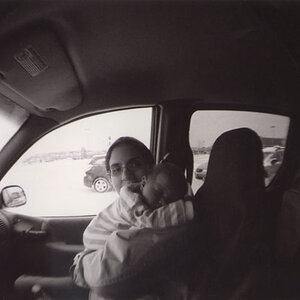
![[No title]](/data/xfmg/thumbnail/37/37620-c3155da657d8b81637b9050d879694f5.jpg?1619738152)
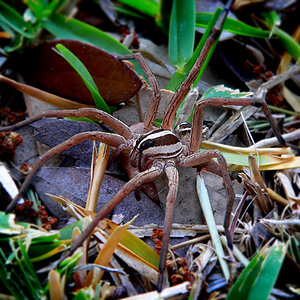
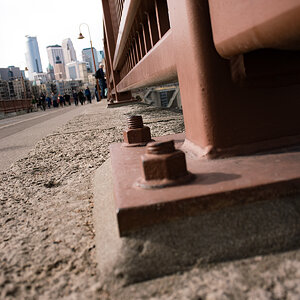

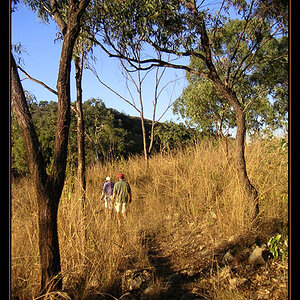
![[No title]](/data/xfmg/thumbnail/42/42452-e36799eaff36dca02ffc57ce660e5e20.jpg?1619740190)

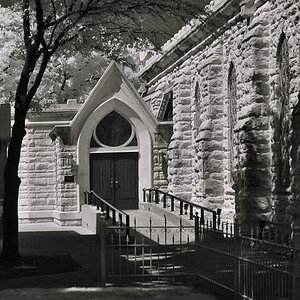
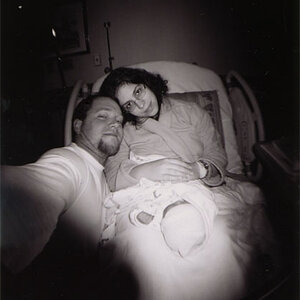
![[No title]](/data/xfmg/thumbnail/37/37621-b86590cf53fc4001d12701ee3091029b.jpg?1619738152)